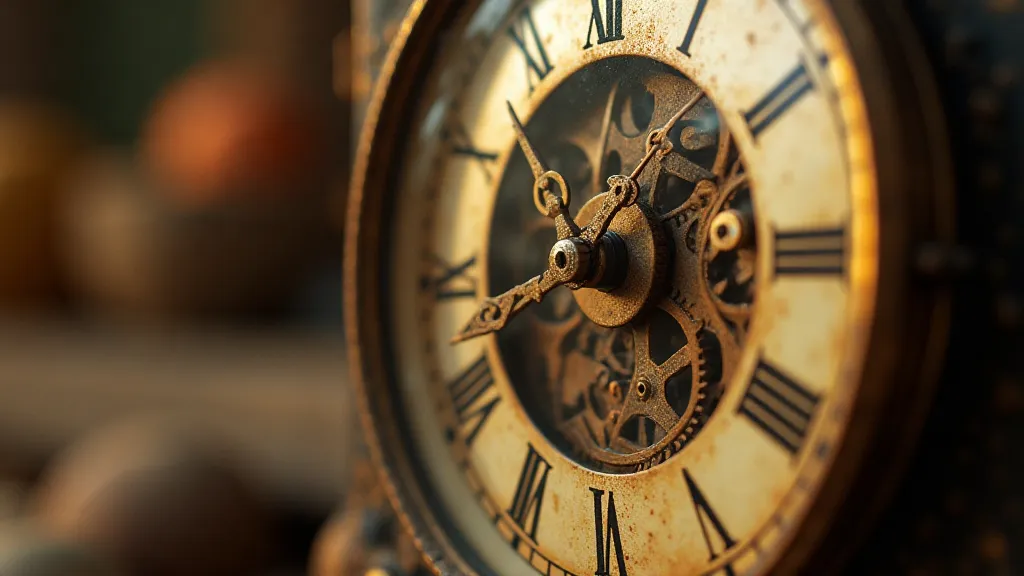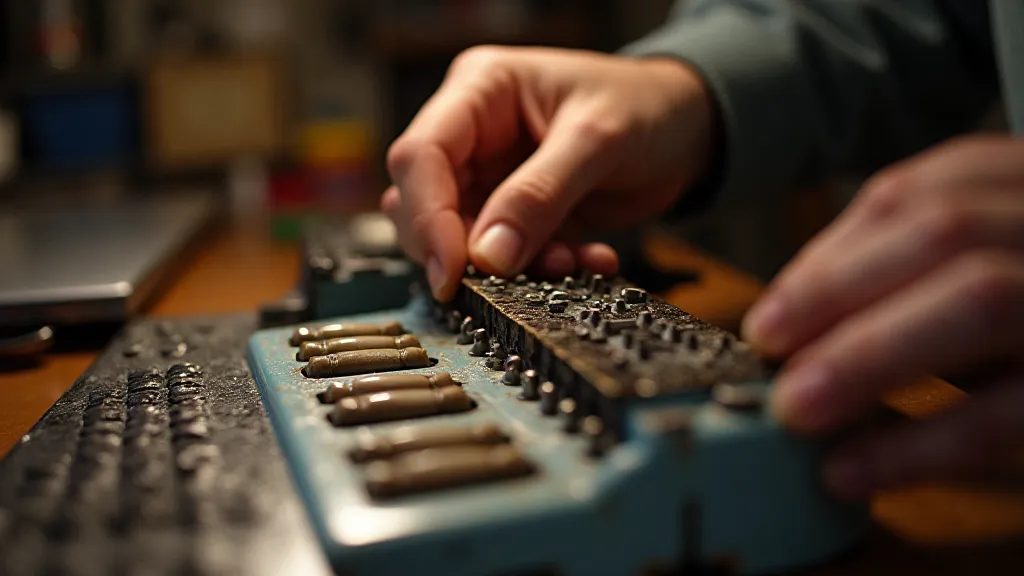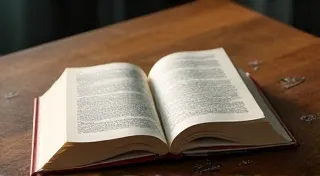The Weaver's Loom of Time: Manipulating Temporal Flow in Fiction
Time. It's the relentless current carrying us forward, the silent stage upon which our lives unfold. But what if, as writers, we could bend that current, rewind it, loop it, or present it fragmented and rearranged? What if we could wield time not as a passive backdrop, but as a powerful tool to shape narrative, evoke emotion, and profoundly impact the reader?
The concept of manipulating time in fiction feels almost… tactile. It reminds me of my grandfather's antique accordion, a Hohner Monarch from the 1930s. It wasn't just an instrument; it was a relic. Polished wood gleamed with years of care, the keys responded with a melancholy sigh under my fingertips, and the bellows held a faint scent of aged leather and forgotten melodies. Each button, each reed, spoke of a craftsman’s dedication, a lineage of artistry stretching back generations. Restoring it – cleaning the reeds, repairing a cracked reed block – wasn't merely a practical task; it felt like an act of reverence, of reconnecting with a tangible history. And just as a craftsman weaves threads to create a tapestry, so too can a writer weave timelines to create a compelling narrative.

Flashbacks: Echoes of the Past
The simplest, perhaps, form of temporal manipulation is the flashback. A moment of reflection, a sudden memory triggered by a scent, a song, a place – these allow us to step back into a character’s past. But effective flashbacks aren't simply exposition dumps. They should be emotionally resonant, illuminating present-day motivations, fears, or relationships. A seemingly insignificant childhood event, revisited through the lens of present-day understanding, can become a pivotal moment, coloring the character’s current actions and choices.
Think of a detective novel where a detective, haunted by a past failure, revisits the scene of a previous case. This isn’t just a recap of what happened before; it’s a chance to see the case through a new perspective, to understand the nuances that were missed the first time around. It's an opportunity for both the character and the reader to grow, to learn, and to empathize. The key is to integrate the flashback seamlessly, allowing it to build suspense or deepen characterization rather than interrupting the narrative flow.
Foreshadowing: Planting Seeds of Anticipation
While flashbacks journey backward, foreshadowing casts a gaze forward. It’s the subtle hinting at events to come, a promise whispered in the silence. A seemingly innocuous line of dialogue, a recurring image, a character’s uneasy feeling – all can serve as foreshadowing, creating a sense of anticipation and dread (or hope!).
Good foreshadowing isn’t blatant or heavy-handed. It's subtle, a careful layering of clues that allows the reader to feel clever when they eventually piece them together. It's like a skilled musician who subtly alters the melody, hinting at a dramatic shift in tone that's about to occur. It requires a deep understanding of your story's trajectory and a keen eye for detail. It's the difference between a predictable plot twist and a satisfying revelation.
Time Loops: Trapped in an Eternal Moment
The concept of time loops, popularized by films like Groundhog Day, offers a more radical form of temporal manipulation. A character relives the same period of time repeatedly, each iteration offering new opportunities for growth, change, or despair. This technique allows for exploration of themes like free will, destiny, and the importance of even seemingly insignificant choices.
Successfully employing time loops requires careful planning and a clear understanding of the character's psychological arc. What lessons are they learning? How are they changing with each repetition? The cyclical nature of the loop shouldn’t feel repetitive for the reader; it should become a canvas for exploring complex emotions and philosophical questions. The crafting of a believable and engaging time loop can be extraordinarily challenging, but the rewards - a narrative that lingers in the reader's mind long after the final page - are well worth the effort.

Non-Linear Storytelling: Shattering the Sequence
Perhaps the most challenging, yet potentially most rewarding, temporal manipulation technique is non-linear storytelling. This involves rearranging the sequence of events, presenting them out of chronological order. It demands a mastery of pacing, structure, and reader guidance. A jump from a character’s childhood to their adulthood, then back to a pivotal moment in their adolescence, can be jarring if not handled with precision.
Non-linear storytelling is a powerful tool for creating suspense, revealing character secrets gradually, and challenging the reader's expectations. It can mirror a character’s fragmented memories or the chaotic nature of their experiences. However, it's crucial to provide enough clues and context to prevent the reader from becoming lost or disoriented. Like restoring an antique instrument, non-linear storytelling demands a careful and considered approach; a single misplaced piece can throw the entire structure off balance.
My grandfather, when he’s not playing his Hohner, spends countless hours researching antique accordions, meticulously documenting their history, construction, and restoration. He often says, “Each instrument has a story to tell, if you know how to listen.” And so it is with time in fiction. By understanding the tools at our disposal – flashbacks, foreshadowing, time loops, and non-linear storytelling – we can unlock the narrative potential of time, weaving intricate and emotionally resonant tales that resonate with readers long after they've turned the final page.

The Value of Craftsmanship and Attention to Detail
Restoring an accordion isn't just about fixing a broken part; it's about preserving a piece of history, celebrating the skill and dedication of the original craftsman. Similarly, manipulating time in fiction isn't just about bending the rules of chronology; it's about using those rules to elevate your storytelling, to create a richer, more meaningful experience for the reader. It’s about understanding the craft, appreciating the history, and honoring the power of a well-told story.





